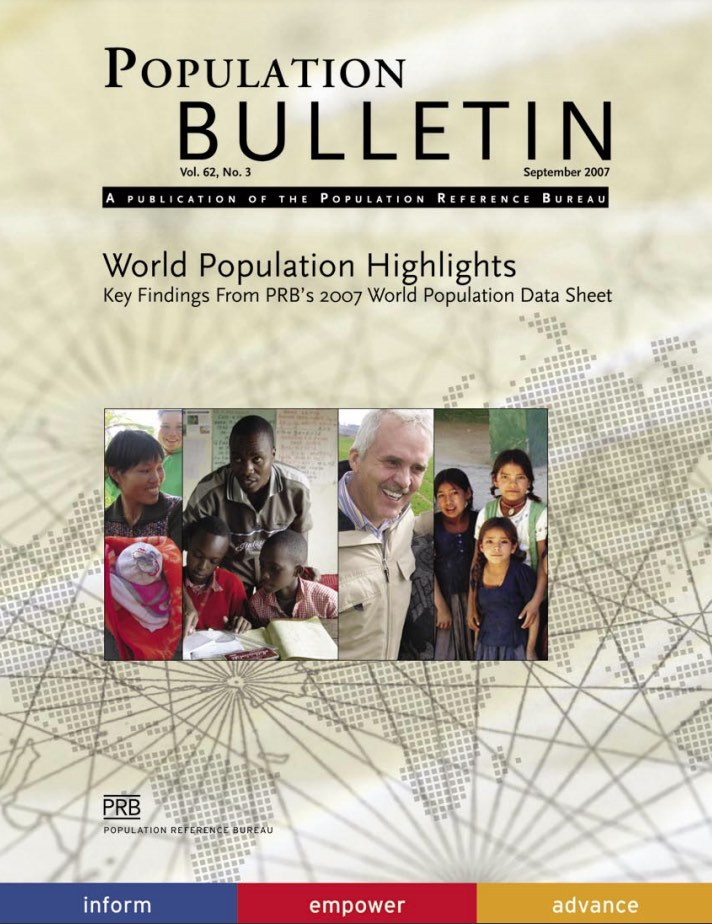599 Search Results Found For : "%EB%B6%80%EC%B2%9C%EC%97%90%EC%8A%A4%ED%94%8C%EB%9F%AC%EC%8A%A4%E3%80%90katalk:ZA31%E3%80%91200%25%EB%B3%B4%EC%9E%A5%20%EC%A0%84%EC%A7%80%EC%97%AD%20%EB%AA%A8%EB%91%90%20%EC%B6%9C%EC%9E%A5%EA%B0%80%EB%8A%A5%EC%9A%B8%EC%82%B0%EC%B6%9C%EC%9E%A5%EC%95%88%EB%A7%88:www.za32.net"
Reducing Child Malnutrition in Sub-Saharan Africa: Surveys Find Mixed Progress
(2008) Chronic malnutrition has been a persistent problem for young children in sub-Saharan Africa. A high percentage of these children fail to reach the normal international standard height for their age; that is, they are "stunted."

Who Are America’s Immigrants?
A century beyond the country’s strictest immigration law, here’s what the data tell us about who’s coming to the United States
PRB Discuss Online: How Can Family Planning Programs Reduce Poverty? Evidence From Bangladesh
(2010) Family planning is one of the most cost-effective health interventions in the developing world.
Fertility Decline and Reproductive Health in Morocco: New DHS Figures
(2006) The "fertility transition"—the shift from large to small families that demographers have observed throughout much of the world—has been remarkably rapid in Morocco, according to a recently released demographic and health survey on that country.

World Population Highlights 2007: Environment
Carbon dioxide emissions have grown dramatically in the past century because of human activity, chiefly the use of fossil fuels such as oil and coal, as well as changes in land use such as cutting down forests.

